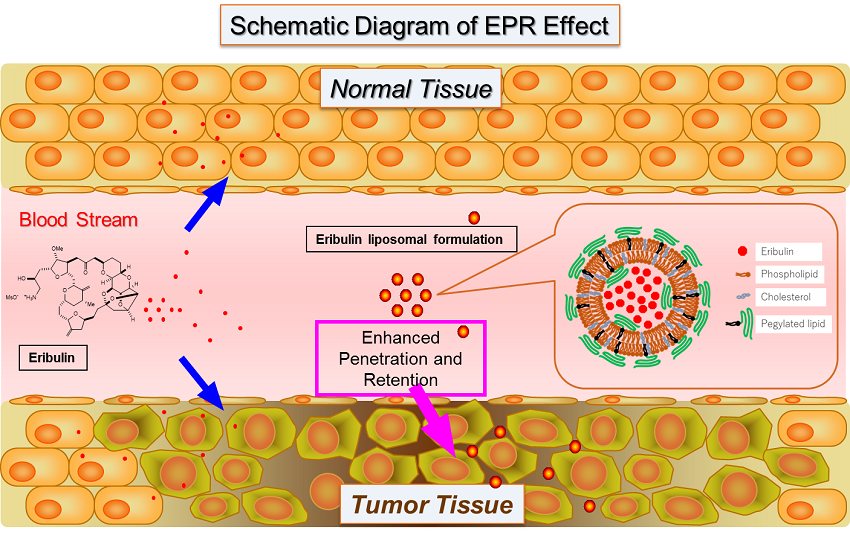news – page 13 – eisai china lnc.-leyu手机版登录入口app
on september 20, 2020, the “2020 ads summit” (ads: advance dementia science) hosted by eisai china inc. was successfully held. featuring the theme of “run into the next decade”, the summit was made up of one main venue (online) and four sub-venues (offline) in beijing, shanghai, guangzhou and chengdu. famous experts from china, japan and south korea and nearly 1,000 guests online and offline made exchanges on the frontier progress of dementia and cognitive disorders. the ads summit is another doctor information exchange platform built by eisai china inc, and is in the third session since it was first held in 2018.
at the beginning of the summit, ms. yanhui feng, senior vice president of eisai global and president of eisai china inc., delivered a speech at the main venue. ms. feng gave a warm welcome to all the experts and guests to the 2020 ads summit and sincerely thanked them for their strong support to the summit. eisai china inc. will devote itself to building an academic exchange platform for cognitive disorders and continue to increase research and development of new drugs in this field. at the same time, adhering to its business philosophy of hhc (human health care), it will work hand in hand with all walks of life to make contributions in disease cognition, prevention and control, patient care and other aspects.
.jpg)
feng yanhui delivered a speech at the main venue (online)
at this summit, prof. jianping jia from xuanwu hospital of capital medical university was invited as the chairman of the summit. prof. jia expressed thanks to eisai china inc. for setting up such an academic exchange platform that allows chinese, japanese and korean experts and participants to share academic frontier progress and clinical practice, and wished the summit a complete success.
after that, prof. yeon-sil moon from the affiliated hospital of konkuk university in south korea and prof. kenjiro ono from the affiliated hospital of showa university in japan brought the topics of “the most ‘in’ ad biomarkers and applications” and “new drugs for ad are braving the wind and wave” respectively, sharing their professional and in-depth insights with online and offline audiences.
at the sub-venues in beijing, shanghai, guangzhou and chengdu, the hot issues and key topics about dementia and cognitive disorders, such as “2020 aaic hot issues” and “ad whole-process management”, were set. in the “expert sofa show”, a number of experts in the field also made wonderful and valuable comments and hot discussions on topics such as “ad risk factors and prevention guidelines”, “prospects and future of ad treatment”, and “how to conduct whole-process management of ad”. the atmosphere at the scene was warm.
.jpg)
prof. jianping jia chairman of the summit (left), and mr. jianzhong zhang, vice president of eisai china inc. delivered speeches
this summit showed warmly online and offline interaction, and experts and scholars in this field from various regions gathered together, sharing the latest academic frontier progress and clinical practice experience.
.jpg)
sub-venues in beijing, shanghai, guangzhou and chengdu (offline)
the statistics of the alzheimer’s disease international (adi) in 2019 show that the number of dementia patients in the world has exceeded 50 million, and it is estimated that the number of dementia patients will increase to 152 million by 2050, with one new patient every 3 seconds. in china, the number of dementia patients has exceeded 10 million, and the average survival time of patients is only 5.9 years. however, despite the huge demand for clinical treatment, the pathogenesis of ad is not clear at present, and most of the existing drugs on the market can only relieve symptoms. there is no effective drug to reverse or prevent the progression of the disease so far. moreover, many international clinical trials on ad drugs have failed. therefore, it is still necessary to increase efforts in the research and development of ad therapeutic drugs.
alzheimer’s disease is a disease that eisai has been paying close attention to for a long time. eisai not only introduced donepezil into china and facilitated its inclusion into the medical reimbursement system, but also invested in the research and development of new drugs on a long-term basis. eisai china has always adhered to its business philosophy of hhc (human health care), and has brought rich experience that it has gained in other markets around the world to the chinese market. during the 20 years of its development in china, it has joined forces with all walks of life and enhanced people’s attention to and correct understanding of alzheimer’s disease in the whole chinese society, and benefited patients and their families by carrying out science popularization activities, such as the “remember i love you” alzheimer’s disease philanthropy campaign, “yellow bracelet campaign”, “memory clinic”, and “cognitive college”, etc..

.jpg)
.jpg)
.jpg)
.jpg)
.jpg)
.jpg)
.jpg)
.png)